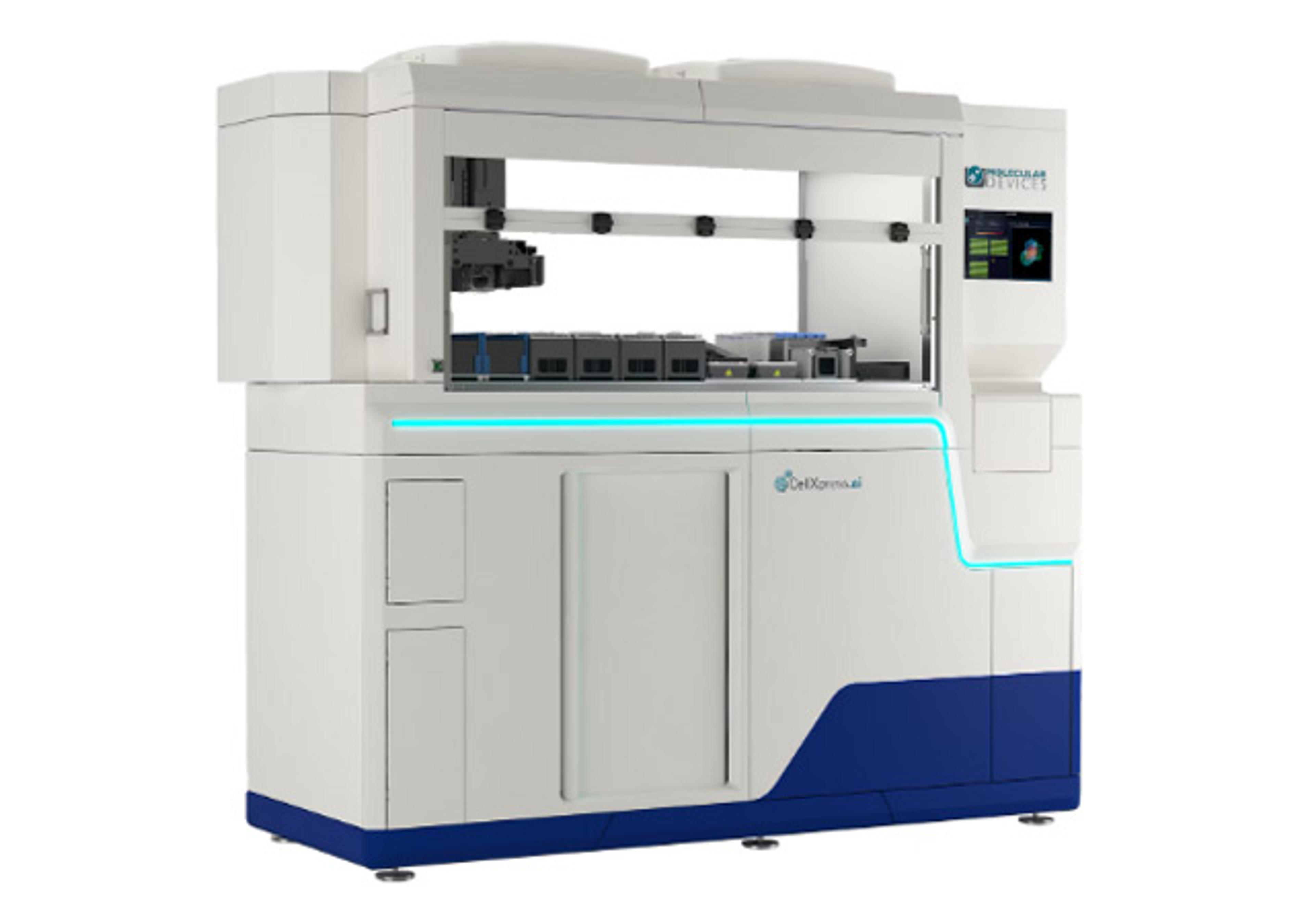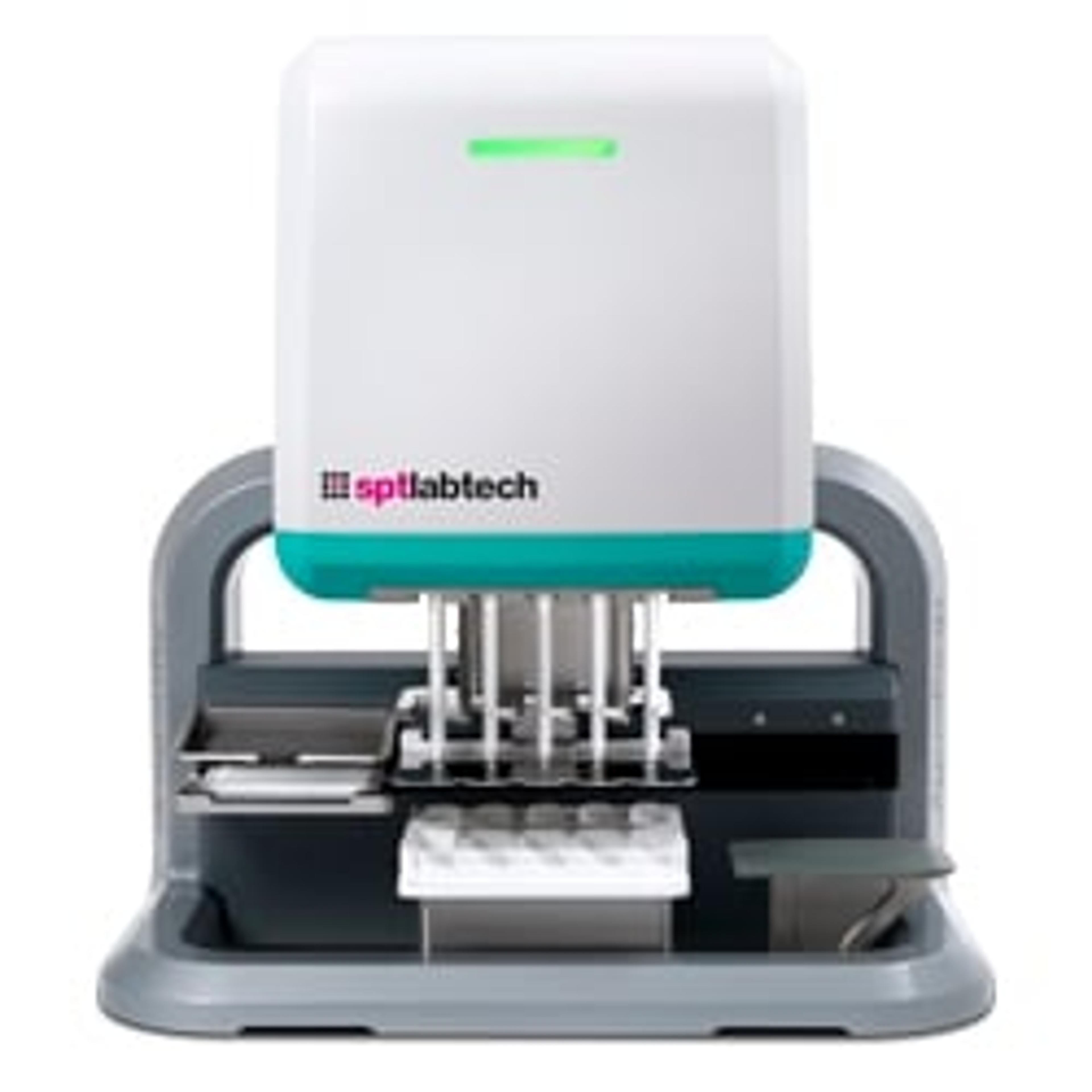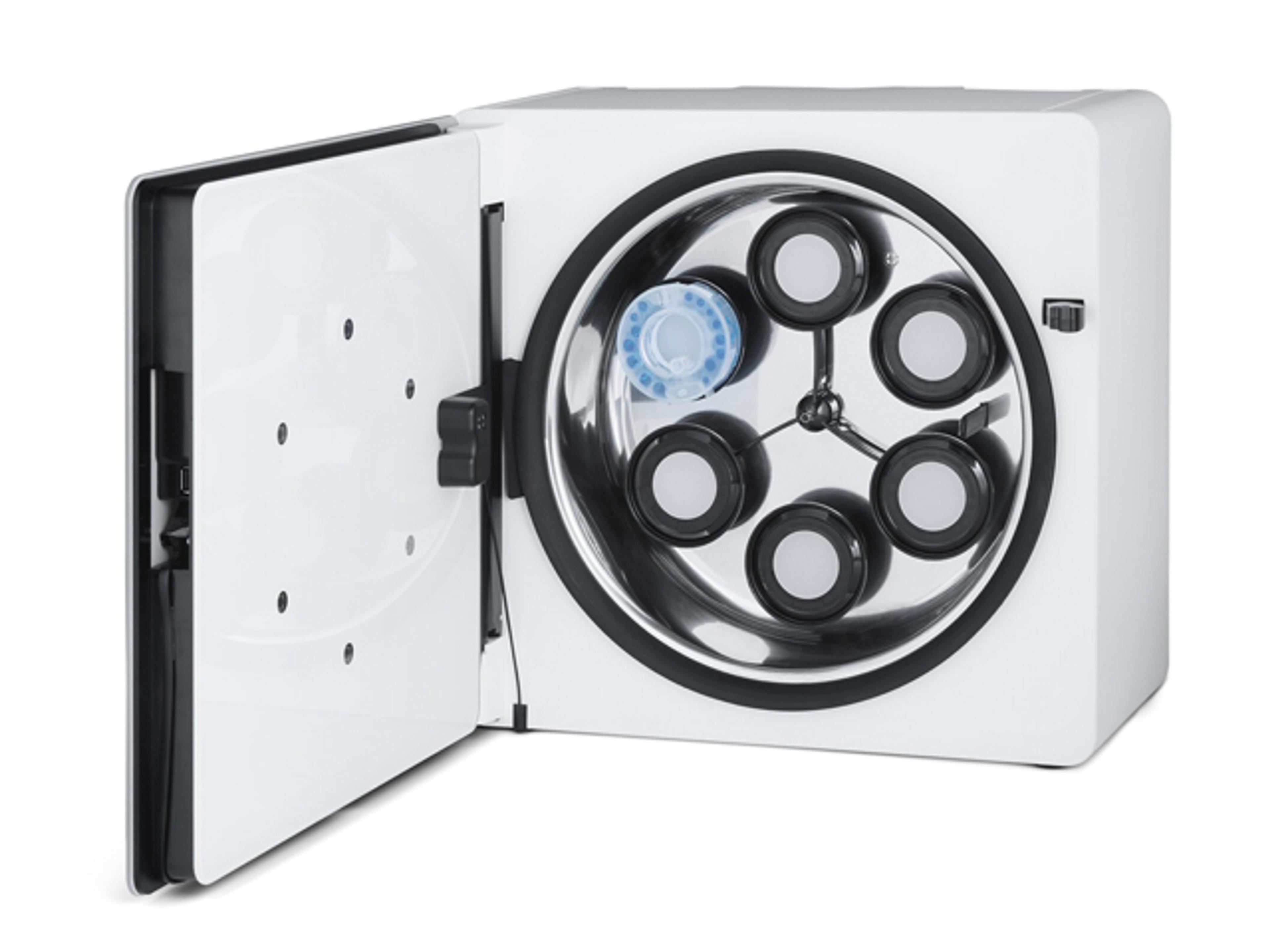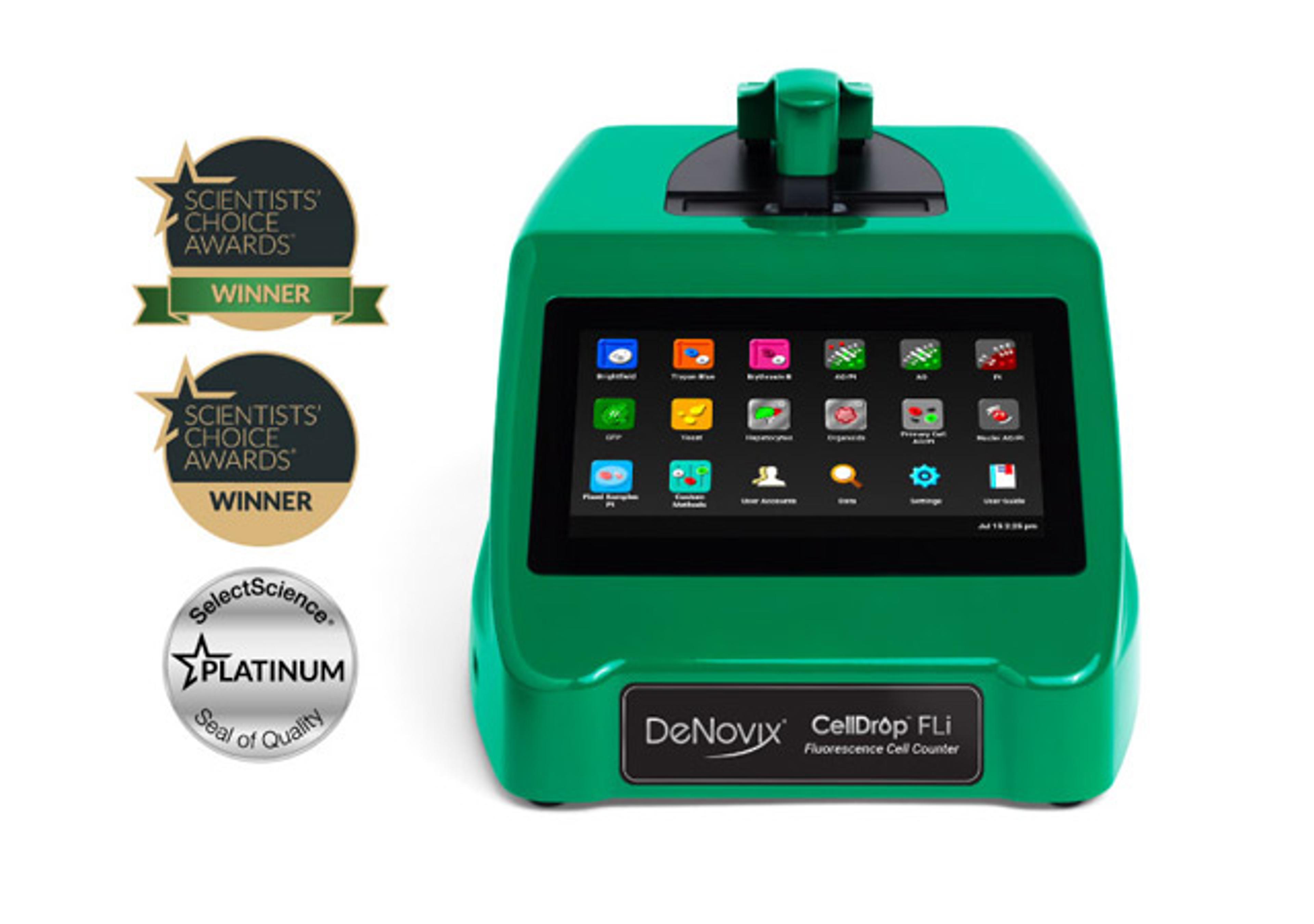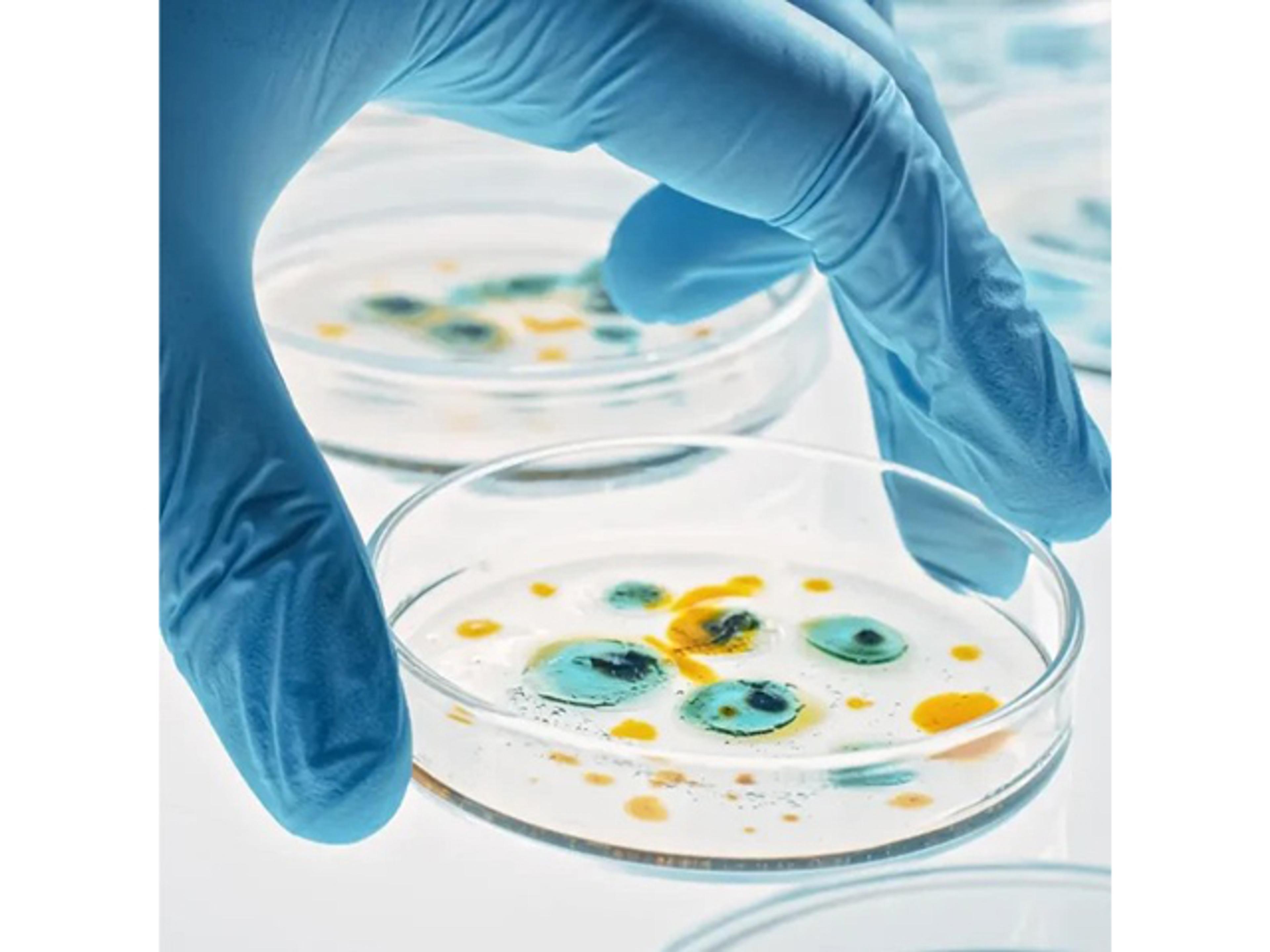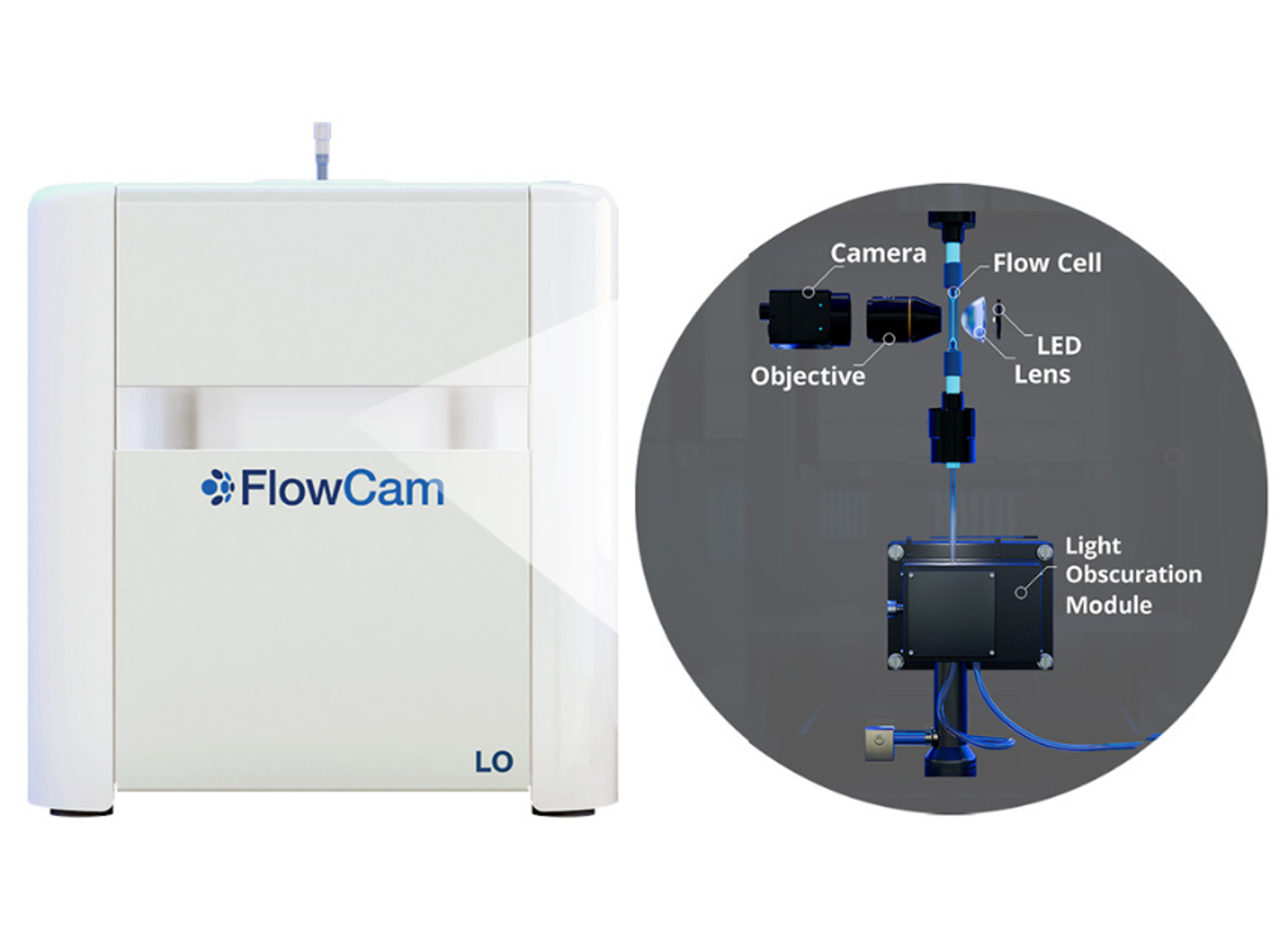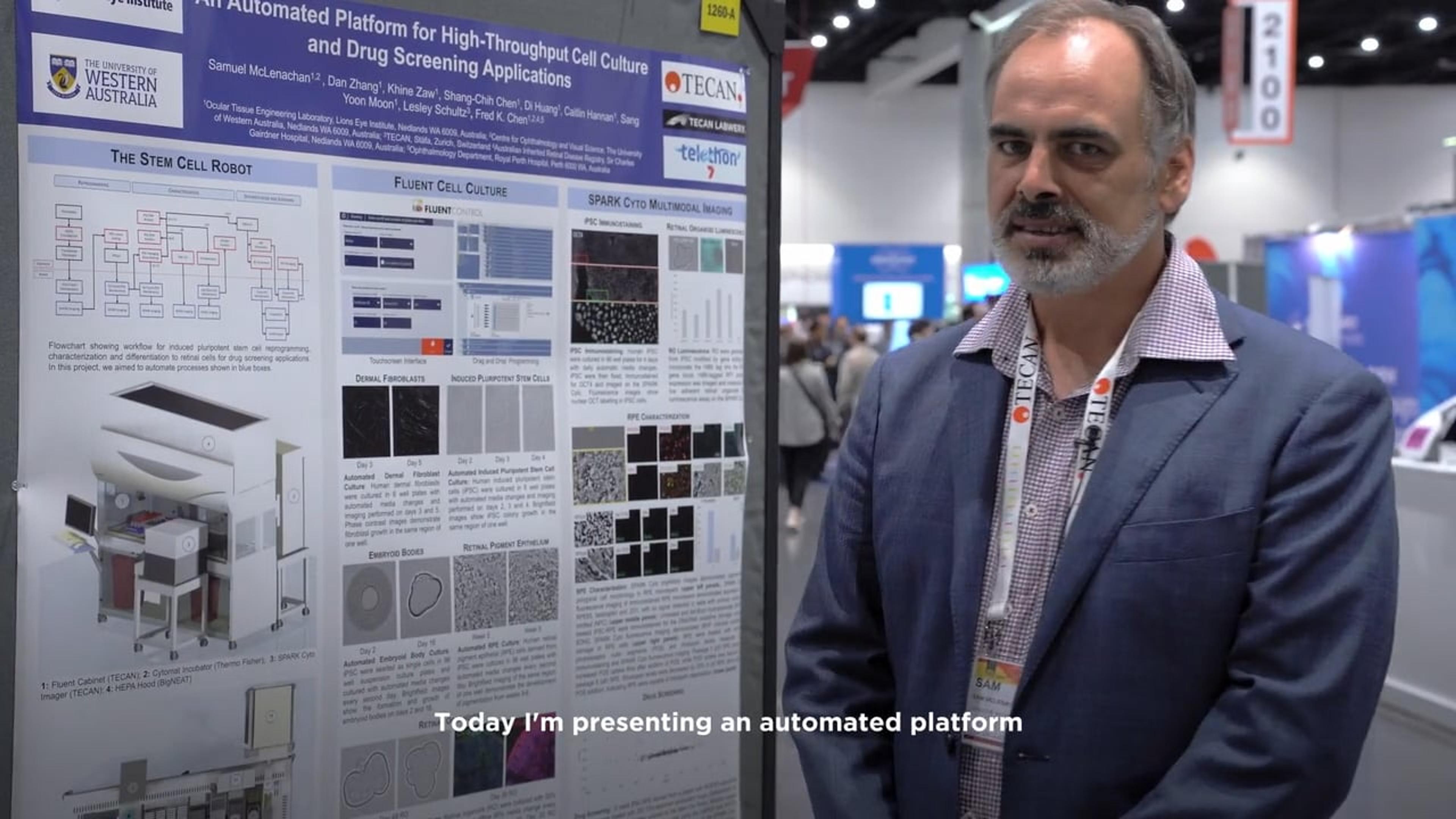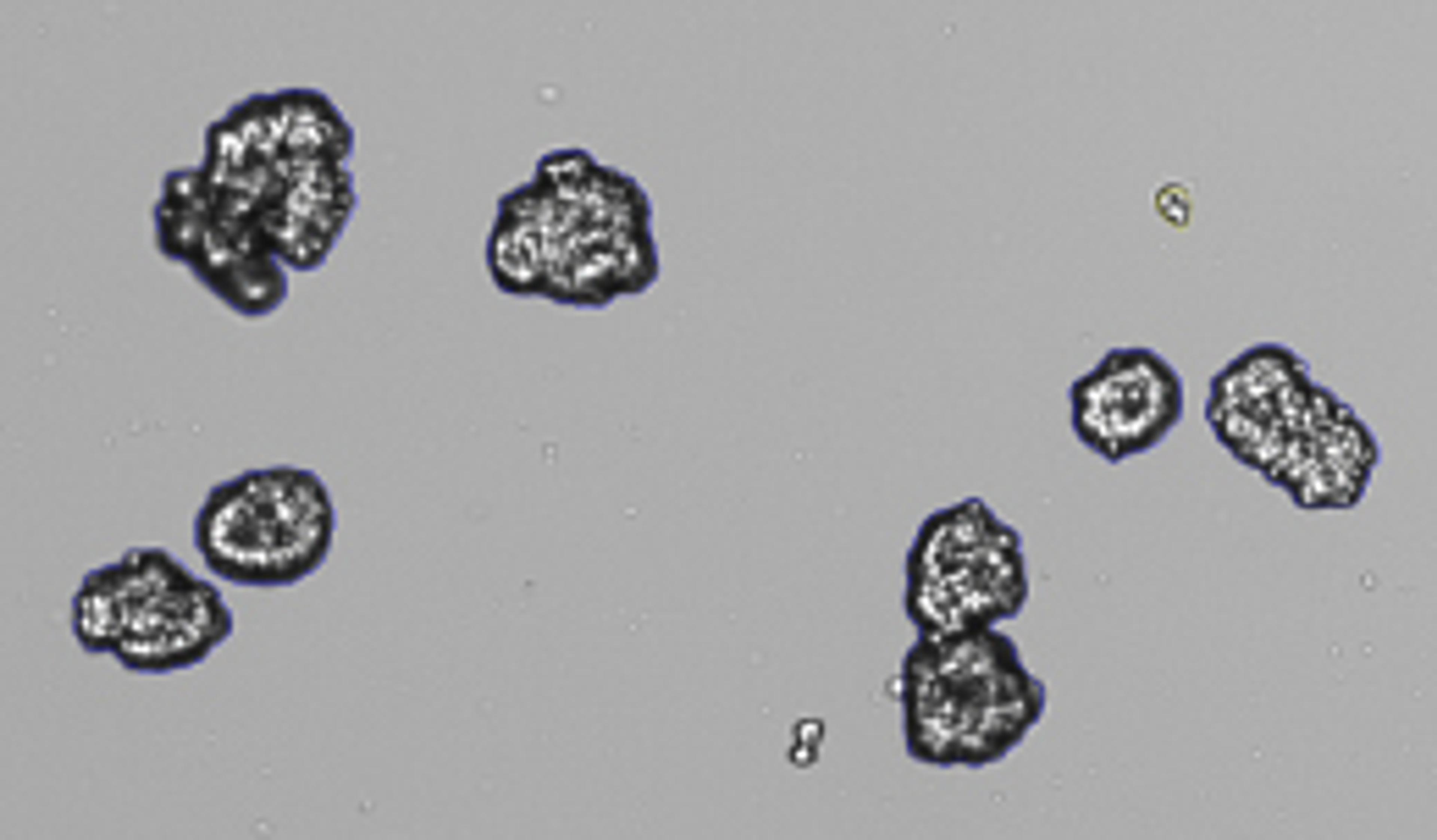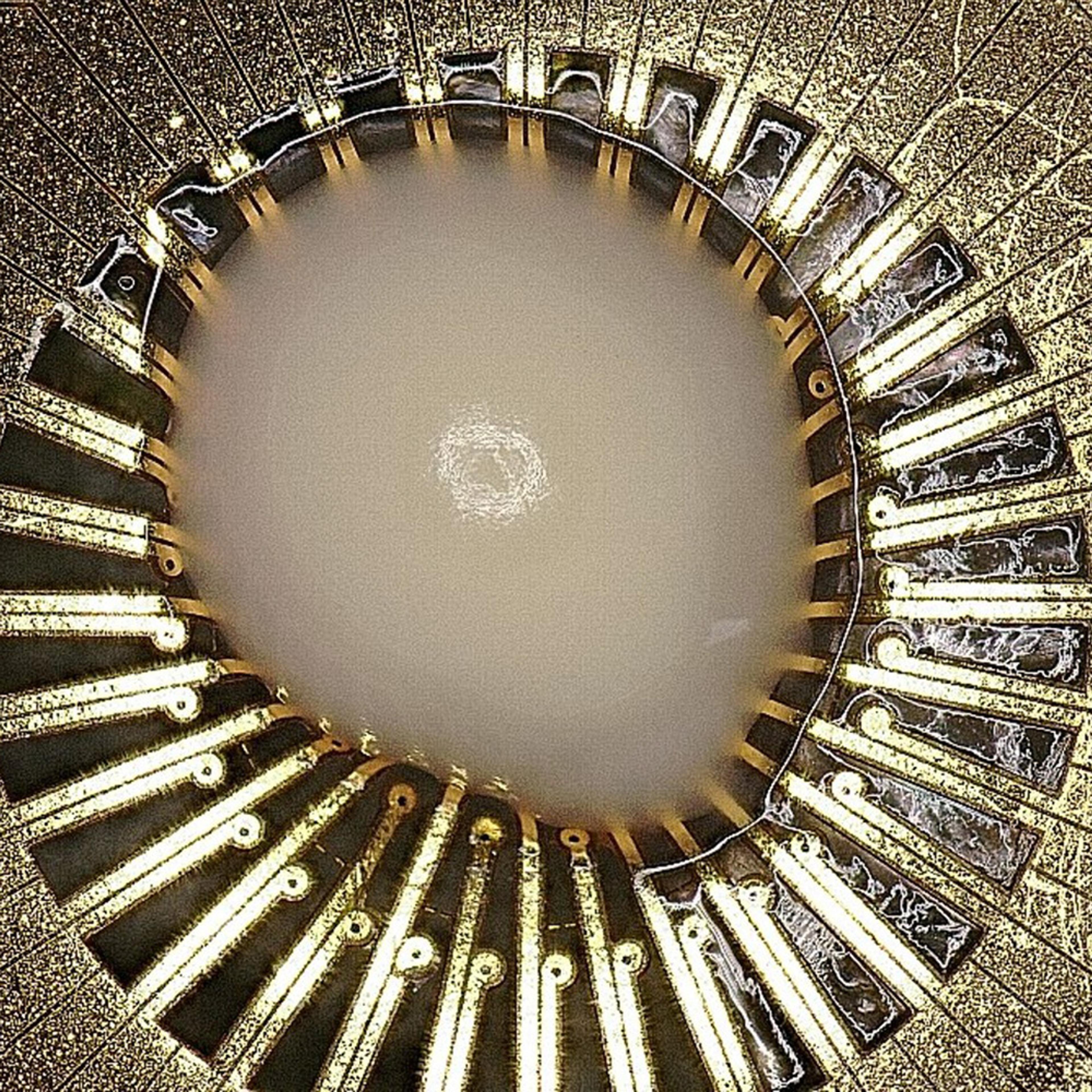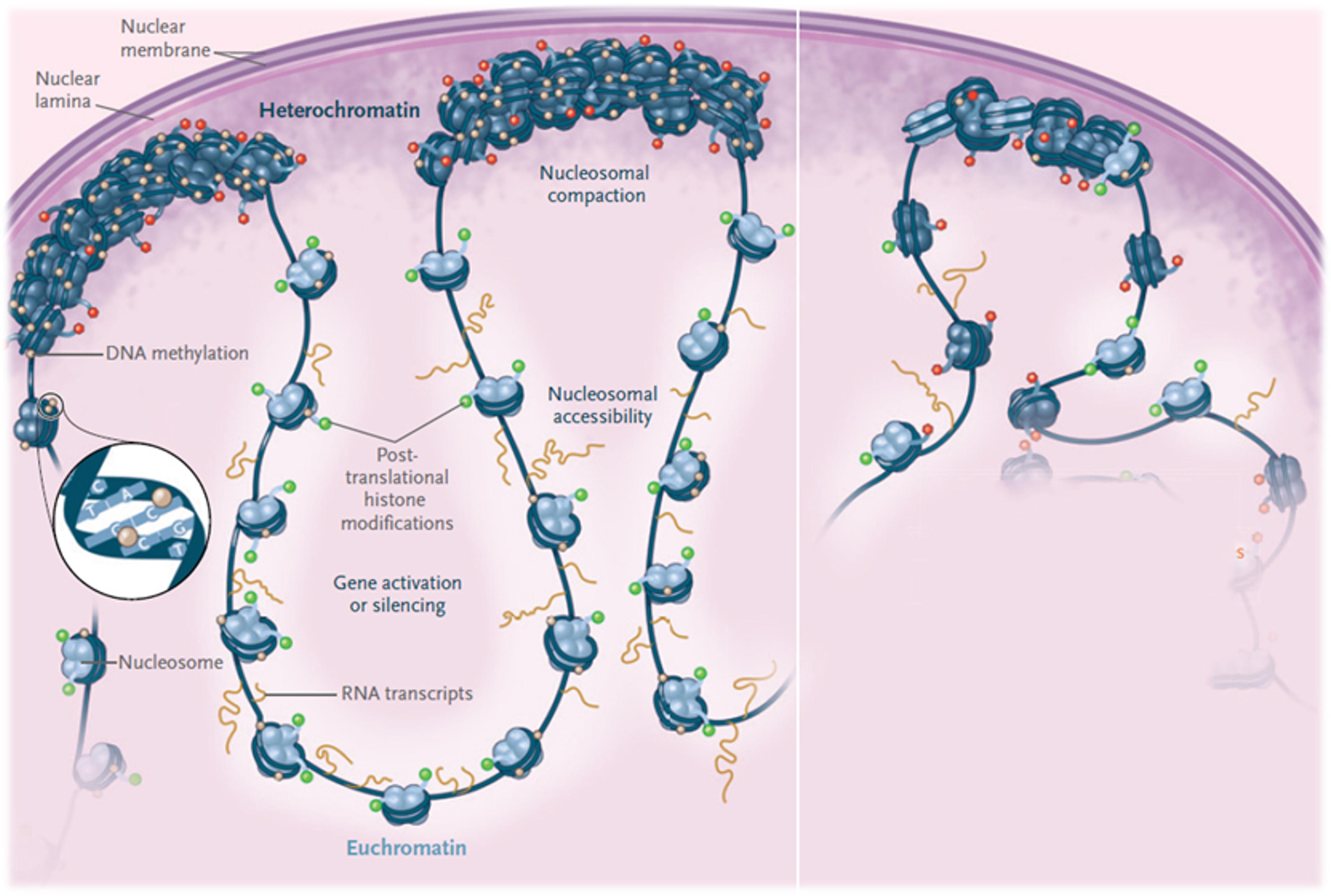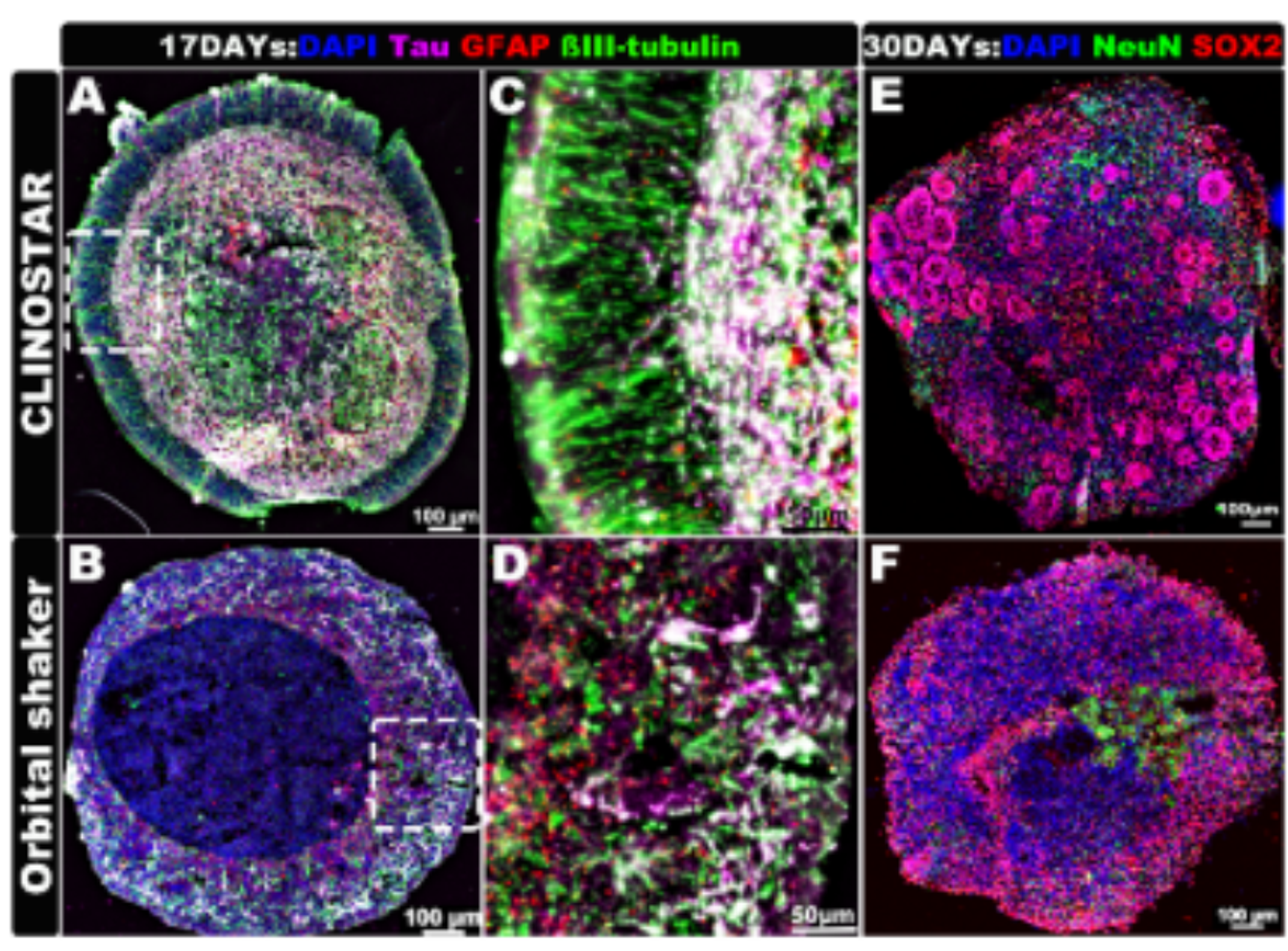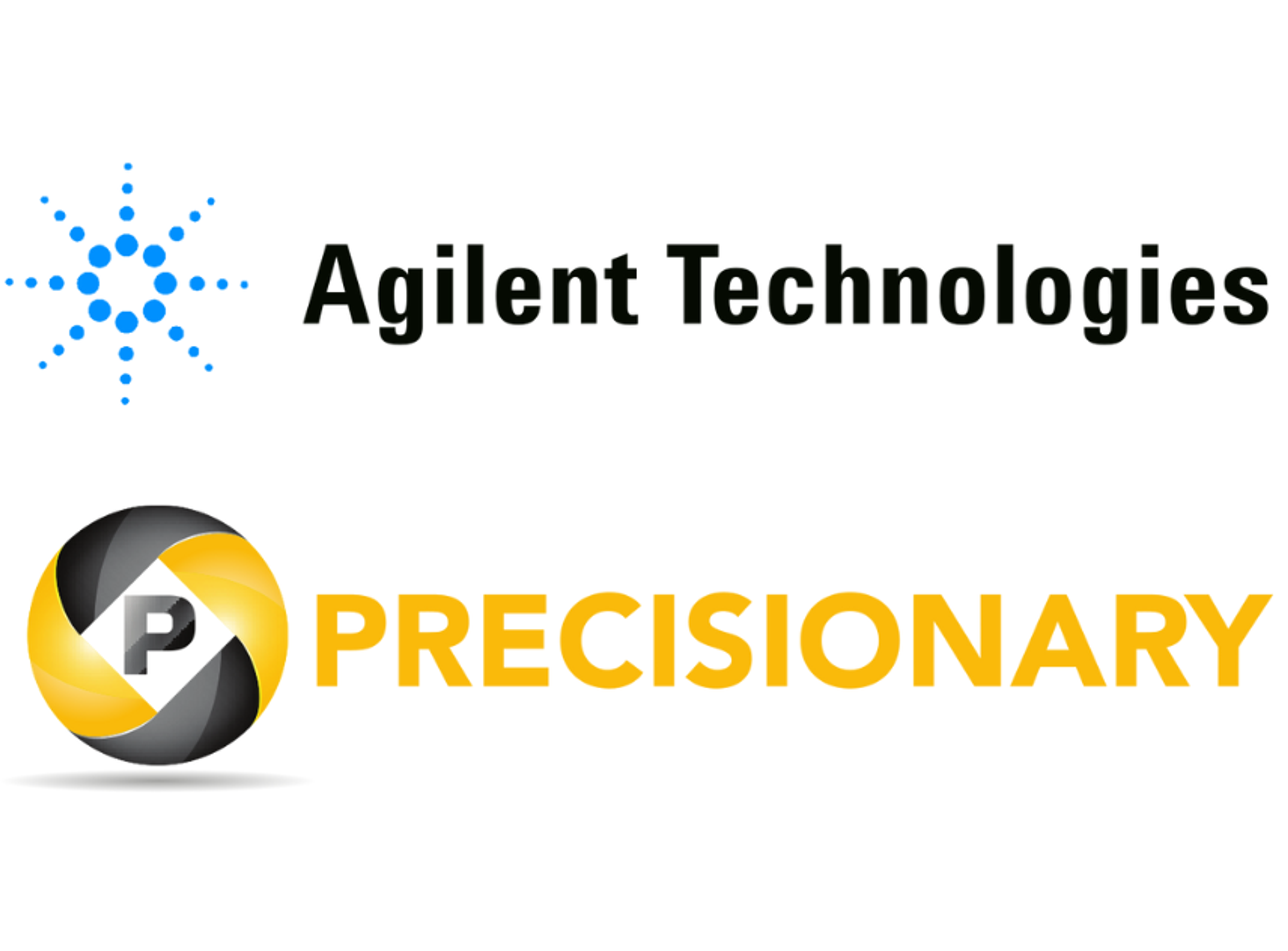
Organoid development and analysis
Explore the latest tools and breakthroughs in organoid development and analysis
In just a few decades, scientists have gone from studying cells in flat layers on plastic dishes to growing miniature, 3D versions of human organs in the lab. Known as organoids, these tiny but mighty models can mimic the structure and function of tissues like the brain, liver, lungs, or gut, offering a window into how our bodies develop, how diseases take hold, and how treatments might work before they ever reach a patient.
What makes organoids so exciting is their ability to bring research closer to real human biology. Built from stem cells and carefully nurtured under just the right conditions, they allow scientists to explore everything from how cancer spreads to how a virus attacks, all without the limits of traditional cell cultures or the ethical concerns of animal models. As technology advances through better culture methods, automation, high-resolution imaging, and powerful data analysis, these models are becoming more precise, scalable, and insightful than ever before.
This feature explores the forefront of organoid development and analysis, from innovative culture methods and bioprinting technologies to advanced imaging, functional assays, and multiomics integration. Hear from experts at the forefront of the field as they reveal how organoids are helping researchers better understand disease, speed up drug discovery, and bring us closer to truly personalized treatments.
Scale your high-throughput workflows using patient-derived organoids
Producing patient-derived organoids (PDOs) at scale has become a major bottleneck in adopting these models for high-throughput and repeat-use applications such as pooled CRISPR screening, hit-to-lead screening, and compound screening. Traditional culture methods are slow, labor-intensive, and often yield inconsistent organoid models, making it difficult to meet the demands of these applications.
In this eBook, we explore these challenges in depth and share proven strategies to help you scale up your organoid research. Learn how to obtain consistent, high-quality PDOs and integrate them seamlessly into high-throughput assays.
Download resource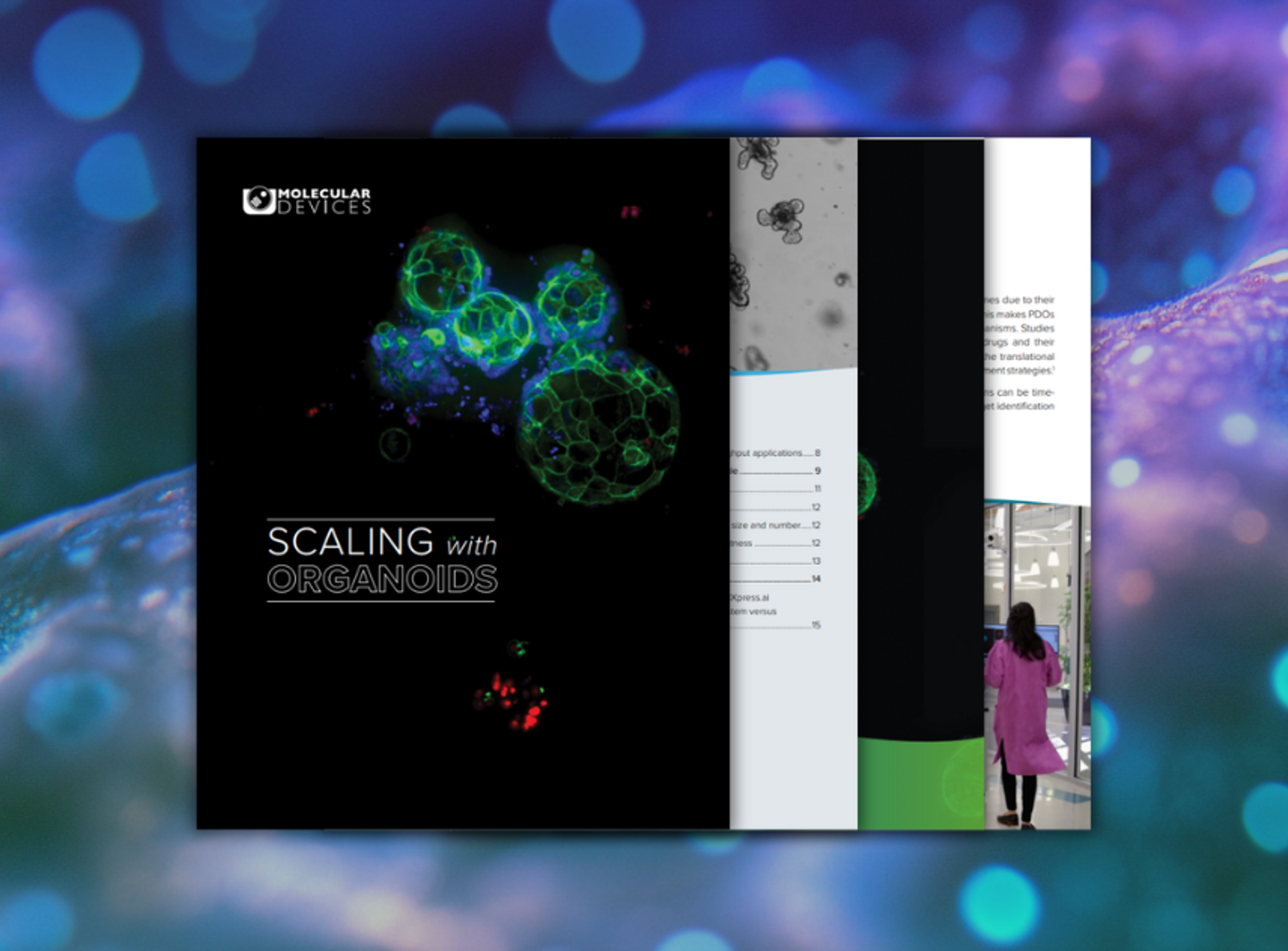
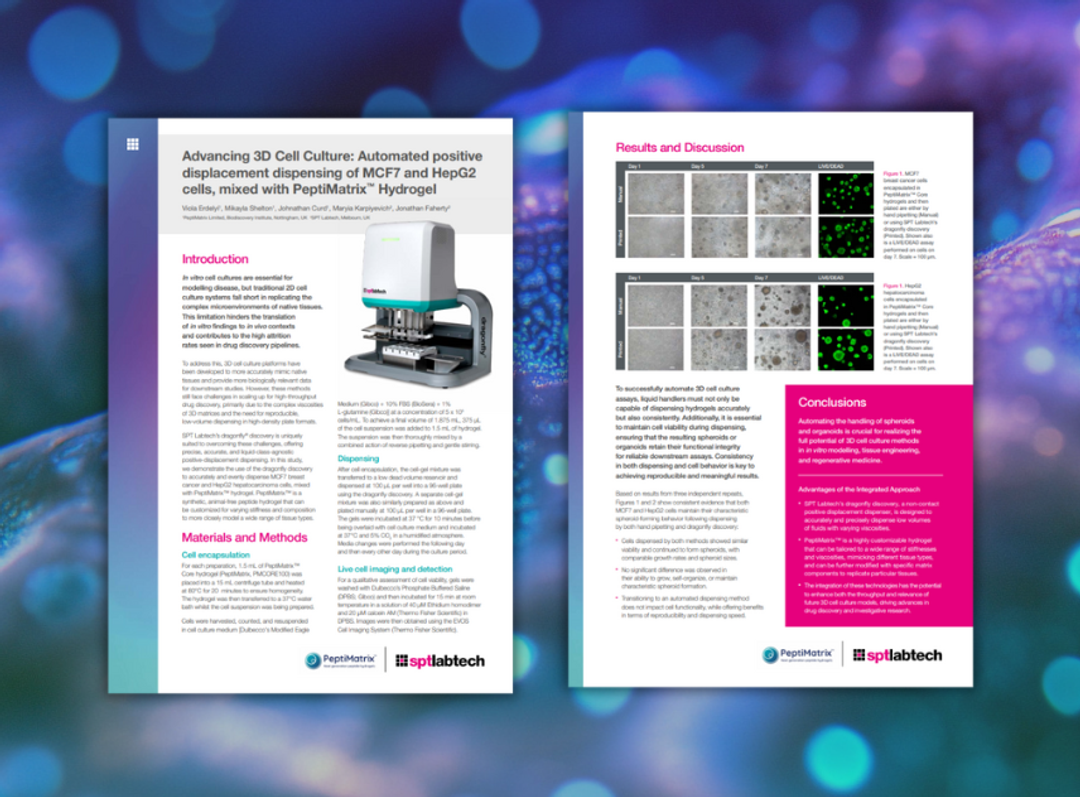
Explore how SPT Labtech's dragonfly® discovery enables fast, automated, and reproducible dispensing of 3D cell cultures using PeptiMatrix™ hydrogel, preserving cell viability and spheroid formation.
Download resource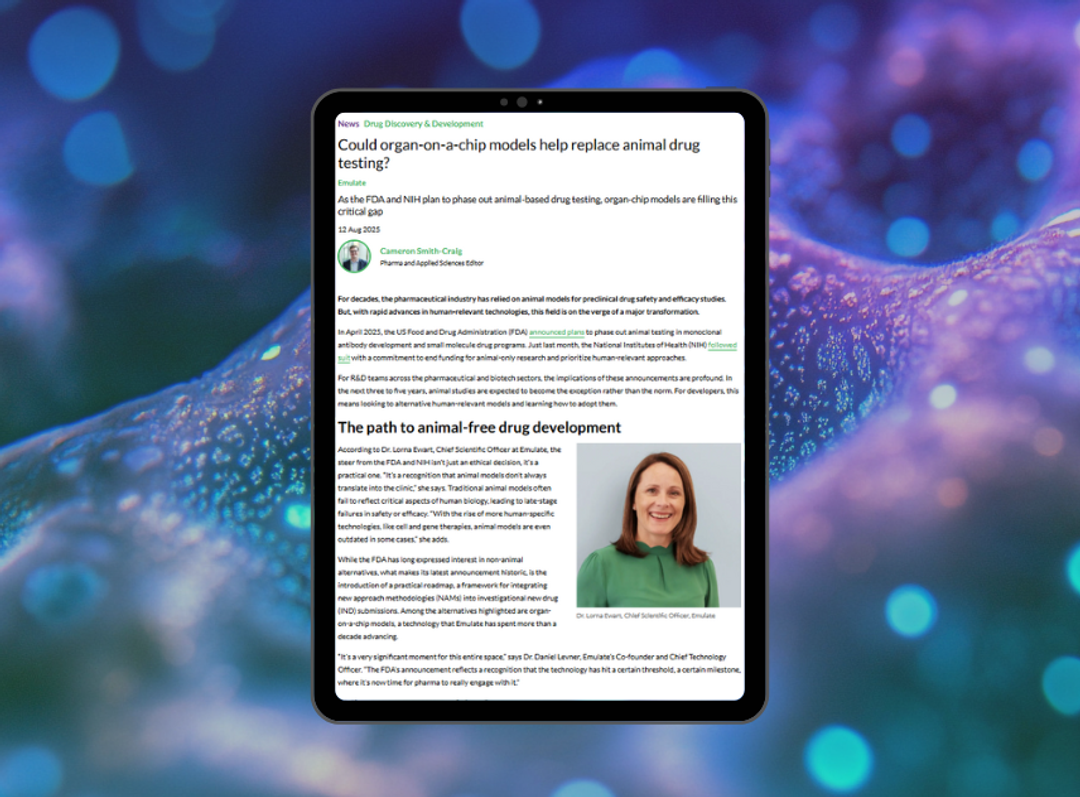
Discover how FDA and NIH policy shifts are accelerating the move away from animal testing, with Emulate’s organ-on-a-chip technology offering a proven, cost-effective, and human-relevant alternative for drug development.
Read article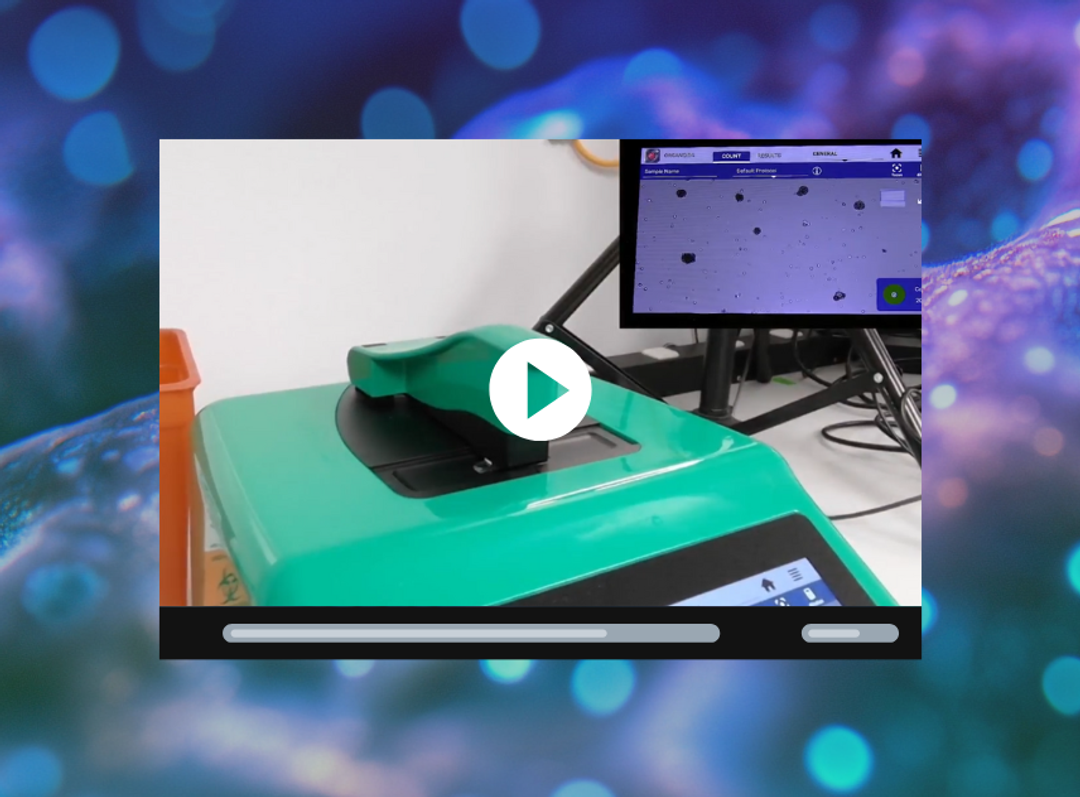
Discover how the CellDrop™ automated cell counter overcomes the challenges of counting organoids, tumorspheres, and spheroids. See how advanced machine learning enhances accuracy, and watch a live demo of organoid counting in action.
Watch video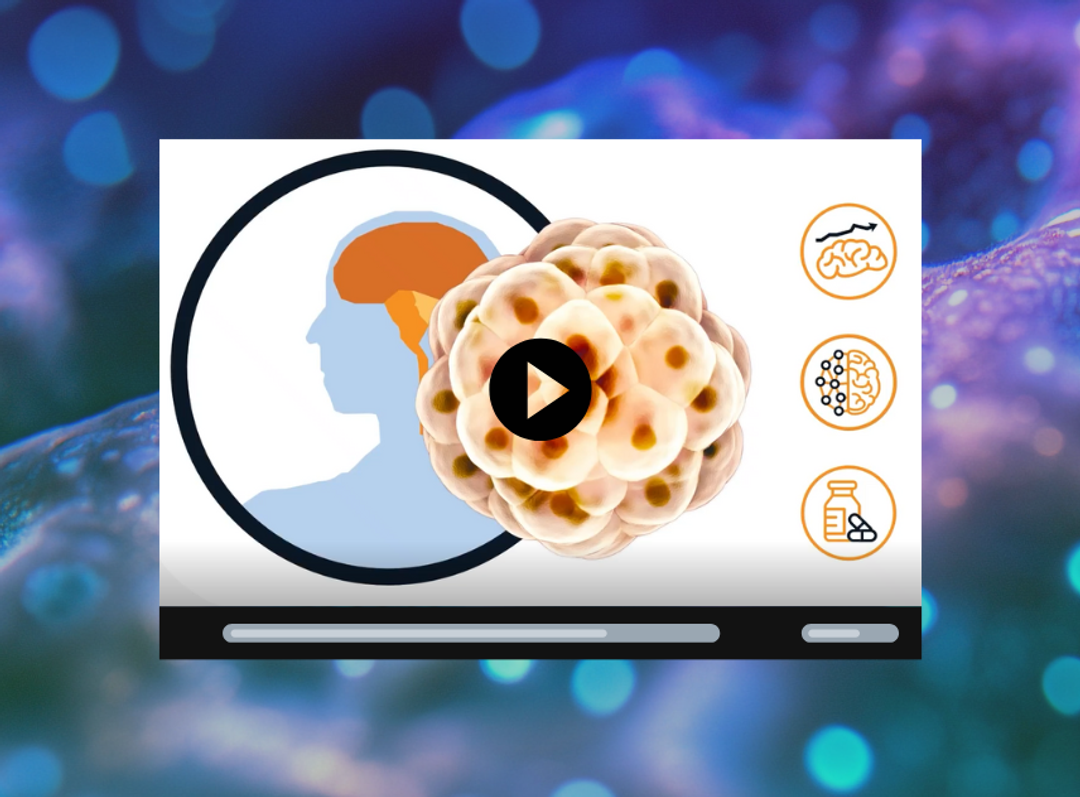
When it comes to 3D cell models, one size doesn't fit all. From small spheroids to complex organoids, see how Axion Biosystems' optimized MEA platforms enable high-resolution, non-invasive functional analysis of 3D neural organoids, supporting disease modeling, drug discovery, and developmental neuroscience.
Watch video
Discover how Dr. Simone Sidoli is using organoid technology and the ClinoStar 3D culture system to unlock new insights into the biology of aging. This cutting-edge research could pave the way for personalized therapies and healthier aging.
Read article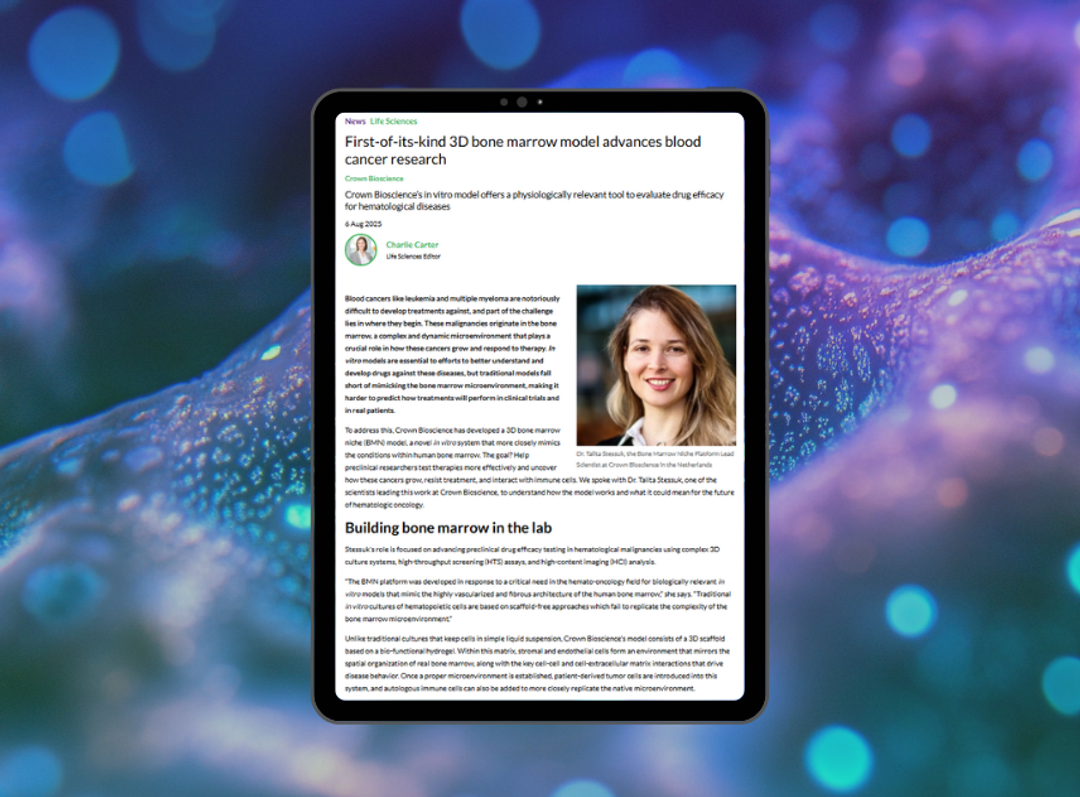
Crown Bioscience’s new 3D bone marrow niche model offers a breakthrough in preclinical testing of hematological therapies, enabling more accurate predictions of drug efficacy, resistance, and immune evasion. Discover how this advanced in vitro system is reshaping blood cancer research.
Read article
Learn how FlowCam offers a rapid, automated solution for monitoring organoid and tumoroid 3D cell clusters. Unlike traditional microscopy, FlowCam provides real-time, high-resolution insights into morphology and size distribution, accelerating quality control and optimization of iPSC culture methods.
Download resource
Discover how the new Incucyte CX3 from Sartorius is advancing 3D cell analysis through high-throughput imaging and seamless workflow integration. In this interview, Lindy O’Clair, Incucyte Product Manager at Sartorius, shares insights into the innovations powering the CX3 and how it’s helping researchers generate richer, more reliable data with ease.
Watch video
Explore how Dr. Samuel McLenachan and his team at the Lions Eye Institute are tackling the challenges of retinal cell culture with an automated stem cell platform. From creating patient-derived retinal organoids to enabling large-scale drug screening, this innovative approach is paving the way for faster, more reliable research and potential personalized treatments.
Read article
Join us for an exclusive webinar as Dr. Liang Oscar Qiang, Drexel University College of Medicine, discusses how advanced 3D culture techniques are accelerating organoid maturation, supporting neurovascular integration, and enhancing glial function. These factors are crucial for modeling neurodegenerative diseases, neuroinflammation, and evaluating potential treatments.
Register now
